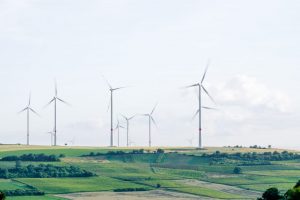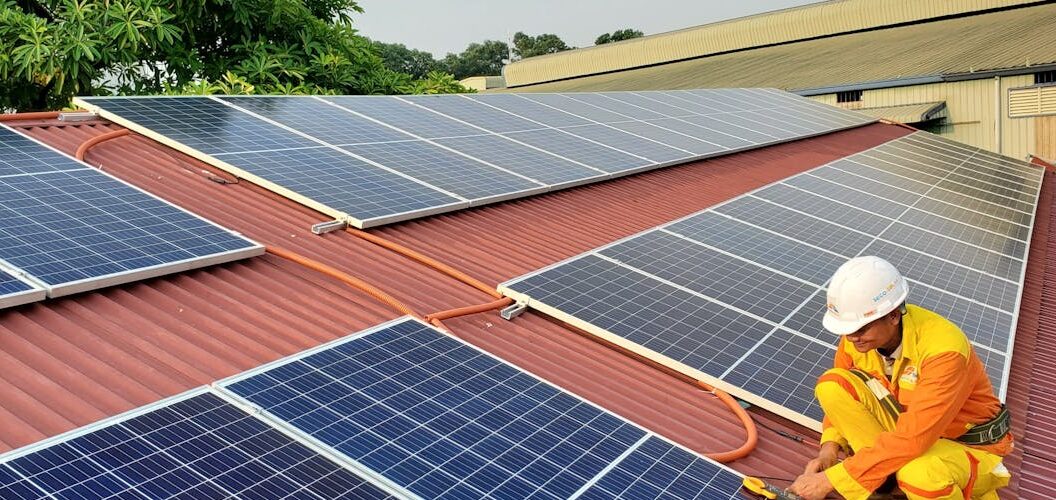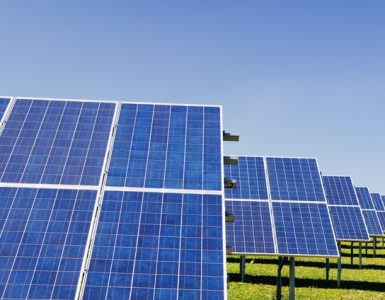In 2024, India made significant strides in solar and wind energy installations, policy advancements, and infrastructural improvements, setting the stage for ambitious goals by 2030.
In November 2021, at the CoP26 Summit in Glasgow, Indian Prime Minister, Narendra Modi committed to achieving 500 GW of non-fossil fuel-based energy capacity by 2030.
As of 20th Jan 2025, India’s total non-fossil fuel-based energy capacity has reached 217.62 GW, which means the country is still 282.38 GW behind, but it has made strong progress.

The year 2024 saw a record-breaking 24.5 GW of solar capacity and 3.4 GW of wind capacity added, reflecting a more than twofold increase in solar installations and a 21% rise in wind installations compared to 2023.
Solar energy remained the dominant contributor to India’s renewable energy growth, accounting for 47% of the total installed renewable energy capacity. Last year saw the installation of 18.5 GW of utility-scale solar capacity, a nearly 2.8x increase compared to 2023.
Rajasthan, Gujarat, and Tamil Nadu emerged as the top-performing states, contributing 71% of India’s total utility-scale solar installations.
The rooftop solar sector also experienced significant growth in 2024, with 4.59 GW of new capacity installed, marking a 53% increase from the year 2023.
The PM Surya Ghar: Muft Bijli Yojana (rooftop solar scheme), launched in 2024 by the Indian government played a crucial role in this expansion. The scheme offers subsidies of up to 40 per cent to households, making renewable energy more affordable and accessible.
Additionally, the off-grid solar segment recorded an 182% increase, adding 1.48 GW in 2024, furthering India’s energy access goals in rural areas.
India added 3.4 GW of new wind capacity in 2024, with Gujarat (1,250 MW), Karnataka (1,135 MW), and Tamil Nadu (980 MW) leading the way. These states accounted for 98% of the new wind capacity additions, highlighting their continued dominance in wind power generation.
India’s surge in the renewables sector is primarily driven by government incentives, policy reforms, and increased investments in domestic solar and wind turbine manufacturing.
The Ministry of New & Renewable Energy (MNRE) under the India Government has played a vital role in fostering renewable energy growth in India through schemes, policy interventions and financial support.
Some of the major initiatives by the government are –
- Green Hydrogen Push: The government actively pursued the development of green hydrogen policies to reduce costs and attract investments in this emerging sector.
- Manufacturing Expansion: Domestic solar PV and wind turbine manufacturing were scaled up, supporting India’s ambition to become a global RE manufacturing hub.
- Grid Infrastructure Development: The MNRE proposed significant investments in inter-state transmission systems to evacuate power from renewable-rich states like Rajasthan, Gujarat, and Madhya Pradesh.
India’s renewable energy sector is on a transformative journey, with 2024 marking a year of record capacity additions and policy advancements.
As the country moves into 2025, addressing regulatory, financial, and infrastructural challenges will be crucial. With continued policy support, increased investment, and a focus on emerging technologies, India is well-positioned to achieve its ambitious renewable energy targets and solidify its status as a global leader in the clean energy transition.






Add comment